Intel (INTC) has recently left investors in shock and awe as shares of the chip giant plummeted roughly 25% on Friday morning. This sharp decline followed quarterly earnings on Thursday that could only be described as brutal. The company’s ticker page on Yahoo Finance became the most visited this morning, surpassing Amazon (AMZN) and Apple (AAPL), both of which reported better-than-expected quarters.

Intel missed analyst estimates widely on sales, gross profit margin, and earnings as it encountered more challenging market conditions and higher-than-expected costs to ramp up AI chip production. This disappointing performance led the company to take the drastic action of suspending its dividend, which will go into effect in the fourth quarter. Intel had previously paid a dividend for 125 consecutive quarters, including $3.1 billion in 2023.
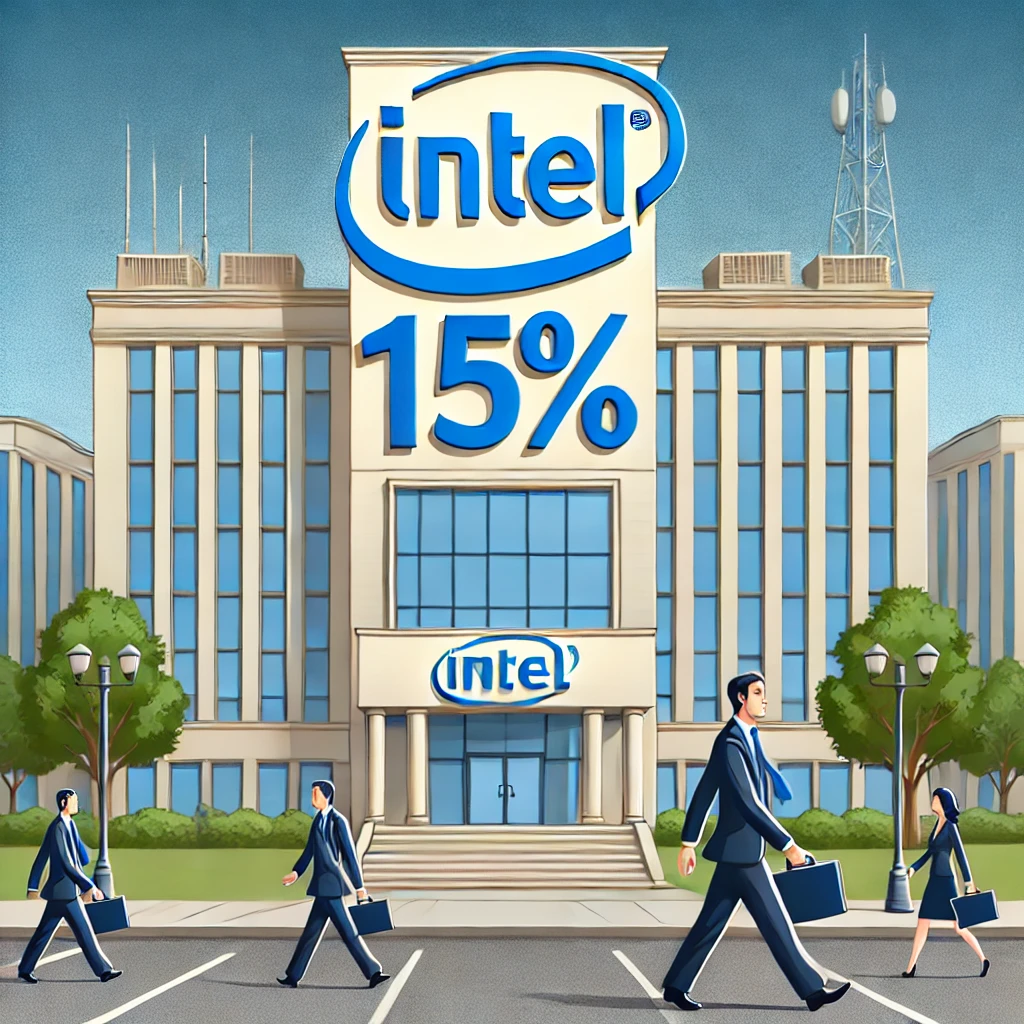
Additionally, Intel announced a 15% reduction in its workforce to preserve liquidity. The company had about 125,000 employees at the end of the second quarter. To further manage costs, Intel cut its capital expenditure spending for 2024 by 20% compared to its prior estimate. Capital expenditure for 2025 is projected to be about $5 billion lower than 2024 levels.

“This is the biggest restructuring of Intel I’d say since the memory microprocessor decision four decades ago,” Intel CEO Pat Gelsinger said in a live interview on Yahoo Finance. Despite the disappointing quarter and outlook, Gelsinger emphasized his commitment to the long-term transformation of the company. “This is what I signed up for [when I came in as CEO],” he added.
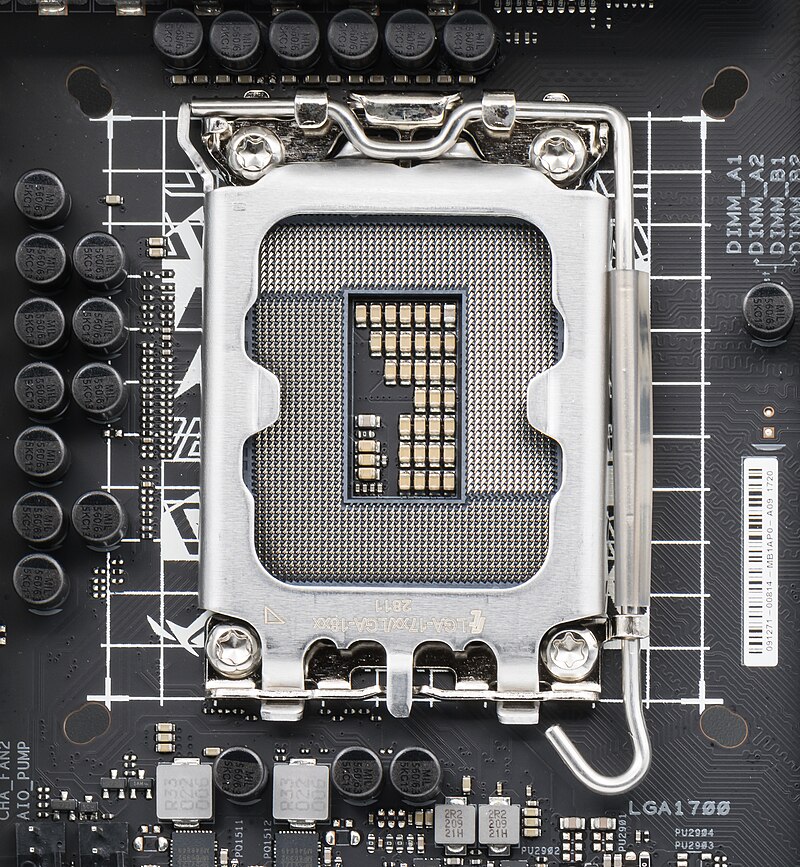
The quarter and commentary cast fresh doubt on Intel’s efforts to regain a leadership position in an industry dominated by better-performing names. One significant issue Intel has faced is instability in its Core 13th and 14th Gen desktop processors. Extensive analysis revealed that elevated operating voltage is causing instability in some of these processors. This issue is attributed to a microcode algorithm that results in incorrect voltage requests to the processor.
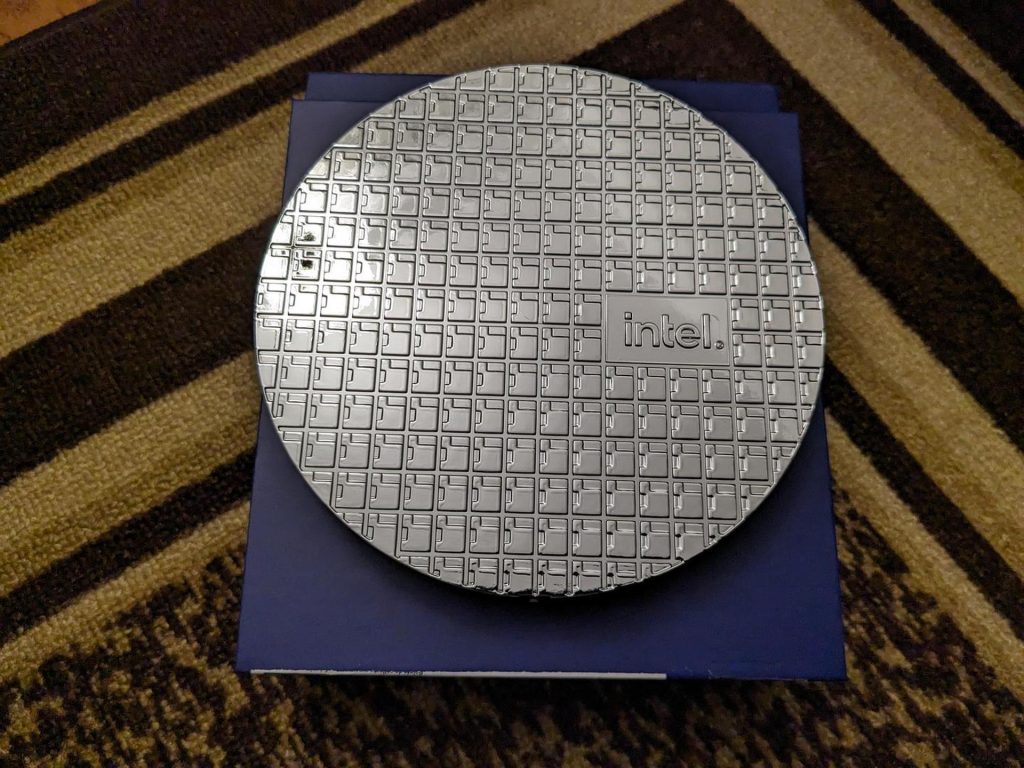
Intel is addressing this problem by delivering a microcode patch that targets the root cause of the elevated voltages. The company is currently validating the patch to ensure it resolves the reported instability issues. Intel aims to release the patch to partners by mid-August following full validation.
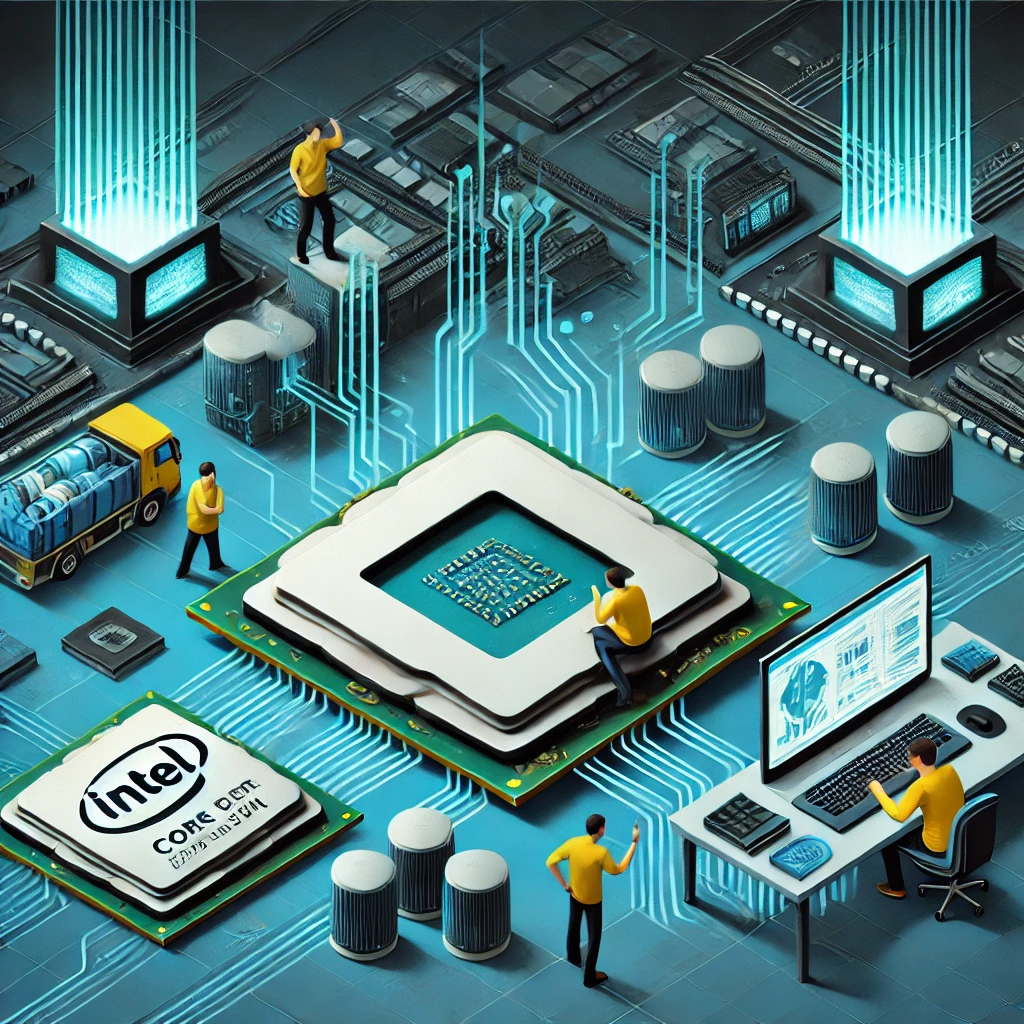
Intel is committed to supporting all customers who have experienced or are currently experiencing instability symptoms with their 13th and/or 14th Gen desktop processors. To streamline the support process, Intel has provided the following guidance:
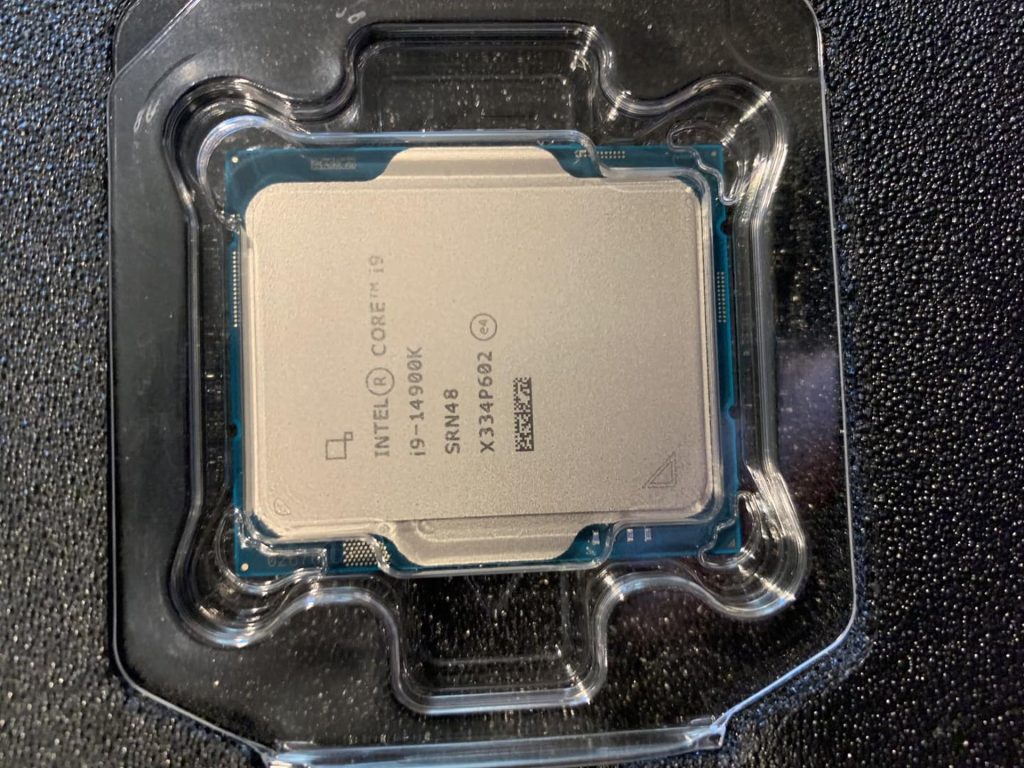
For users who purchased 13th/14th Gen-powered desktop systems from OEM/System Integrator, they should reach out to their system vendor’s customer support team for further assistance.

For users who purchased boxed/tray 13th/14th Gen desktop processors, they should contact Intel Customer Support for further assistance. As Intel navigates these challenges, the company’s future remains uncertain, and investors will be closely watching how it addresses these issues and works to regain its position in the competitive semiconductor industry.





